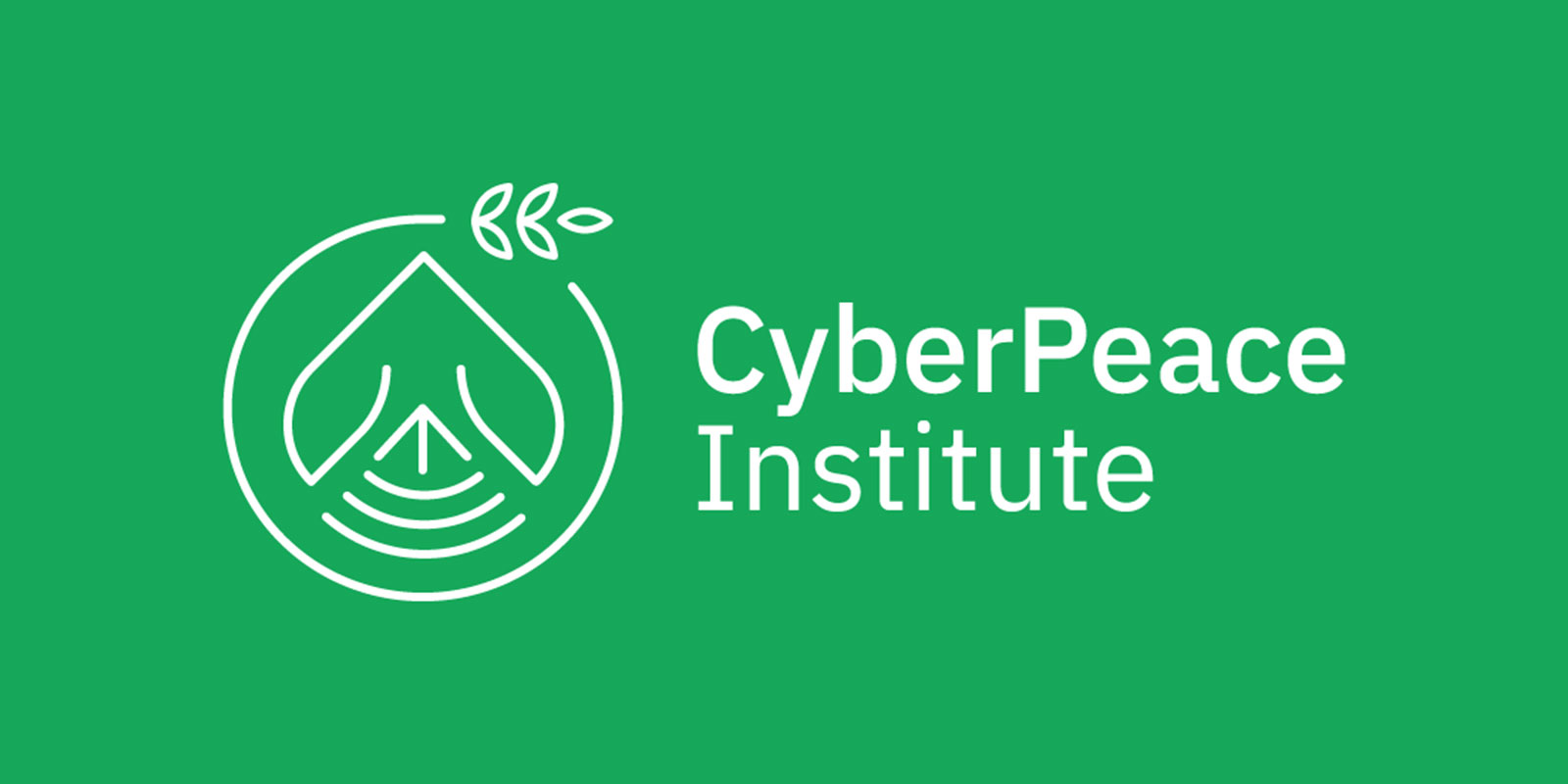Copyright @ 2025 Global Cyber Alliance | Sitemap

How do you know if you’re about to be subject to a cyber attack? You don’t.
What if it already happened? You likely don’t know that, either.
That’s why good cyber hygiene is important. From ransomware to journalists having secure communication with sources, the CyberPeace Institute’s Oct. 28 virtual workshop on cyber security reporting touched on many different elements of good cyber hygiene, including GCA’s toolkit for journalists.
For one, ransomware can be considered a “brand” name.
Cyber attackers don’t fall under this one, umbrella term, so journalists and media outlets need to go more in-depth when reporting on a ransomware attack, otherwise they risk giving more notoriety to the overarching “ransomware” syntax.
Who exactly is responsible for the attack? Is it a group of people? One bad actor? And, can it be traced back to anyone?
Don’t just call it ransomware.
And, while communicating anonymously is ideal, especially for a journalist talking to sensitive sources, anonymity can also be misused.
For example, both a cyber attacker and someone publishing sexually explicit content can also be anonymous.
Finally, cybersecurity attacks tend to fall into two buckets, at least from a company’s perspective.
Companies either know they’ve been breached or not. Good cyber hygiene ultimately determines if a cyber attack is successful or not.
Anthony Cave is the Craig Newmark Journalist Scholar with the Global Cyber Alliance. You can follow him on Twitter or connect with him on LinkedIn.

